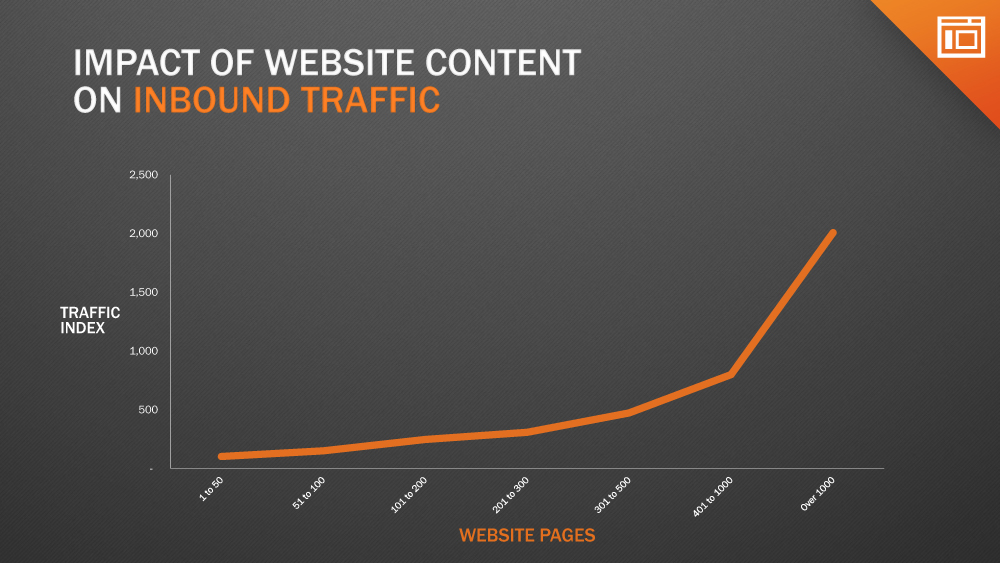Launch Team offers new AI and GEO Assessment
Get a Competitive Edge with Comprehensive AI & GEO Insights If you are beginning to notice an erosion in organic traffic and leads, it may be time to...
1 min read
John Veckerelli Thu, Nov 01, 2012

Recently, HubSpot released their marketing benchmark report compiled from results of 7000+ HubSpot customers representing a wide range of industries - B2B and B2C. Using data collected in July and August 2012, HubSpot analyzed the relationships between key inbound marketing activities and the volume of traffic and leads that correlate with those activities. HubSpot analyzed website pages, landing pages, blogging, Twitter reach, and Facebook reach. The report provides insights by business type (B2B vs. B2C) and by company size (by number of employees).
This post focuses primarily on the B2B data and addresses how increasing the amount of website content and blog frequency impacts website traffic and lead conversion.
The following chart, which is on page 8 in the report, clearly shows that the more website pages you have, the more website visitors you will have. The huge jump in traffic for customers with over 1000 website pages suggests more content attracts more visitors. That’s a daunting number for most small and medium high-tech clients.

The following chart (page 9) compares B2B to B2C. B2B shows a more even increase in website traffic as you increase content. The good news is more content is better and you can expect a corresponding increase in traffic as you add content over time. The fact that companies with 51 to 100 pages generate 48% more traffic than companies with 1 to 50 pages, gives confidence that every additional page improves performance.

Like with overall website traffic, the more content increases lead generation (page 13). The slope of the curve steepens for sites with more than 300 pages, translating into greater leverage of your content.

While B2C companies attract more visitors than B2B companies, the following chart shows that B2B companies convert more website visitors to leads than B2C for sites in excess of 400 pages (page 14).

This is great news for all companies because whether you are B2B or B2C, companies with 101 to 200 pages generate 2.5x more leads than those with 50 or fewer pages.
Key Takeaway: Even if your website has substantially less than 1000 pages, website performance improves with each additional page. So regardless of where you're starting, build out your site - one page at a time.
 |
 |

Get a Competitive Edge with Comprehensive AI & GEO Insights If you are beginning to notice an erosion in organic traffic and leads, it may be time to...

Updated on 6/10/24 The 80/20 rule or Pareto principle, is a long-standing business strategy that a lot of companies are applying right now to...

CES, Photonics West, and other industry trade shows are just around the corner. Deciding how you will collect and manage leads is an important part...